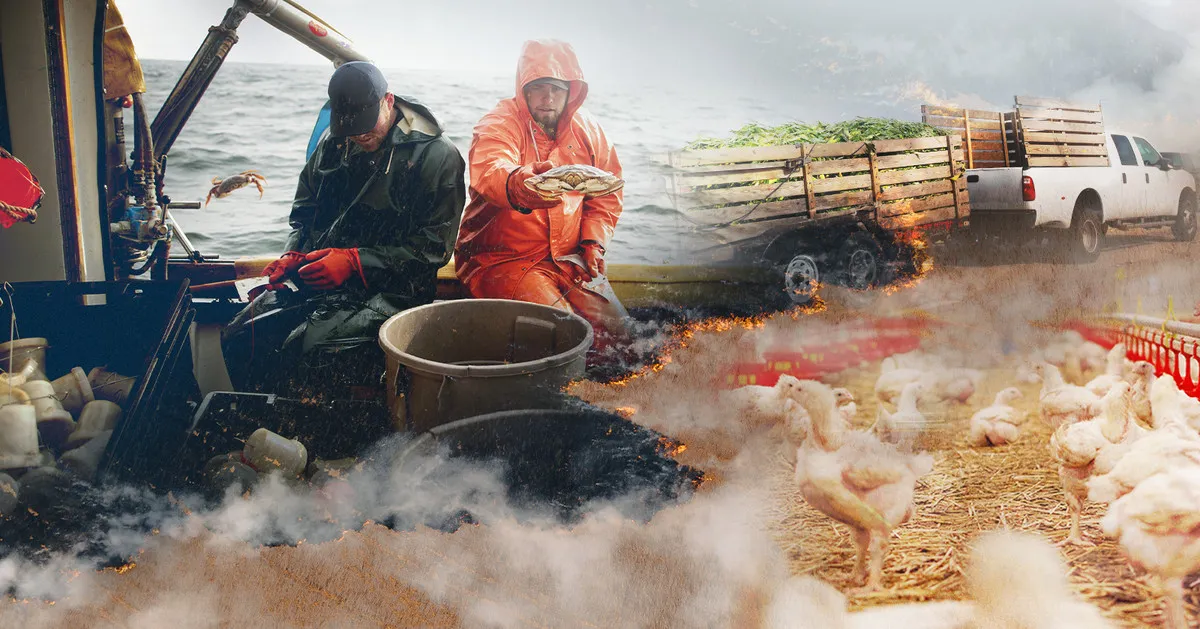How Climate Change and Price Spikes Impact Restaurant Survival

How Restaurants Adapt to Climate Challenges
Restaurants across the United States are facing unprecedented challenges as climate change intensifies its grip on the food industry. From skyrocketing ingredient prices to supply chain disruptions, the struggle to maintain quality and profitability is real.
The Price of Climate Change
Many establishments, such as Portland's Andina, have had to remove items like salmon from their menus due to price spikes driven by climate change. Restaurant owner Peter Platt attributes this struggle to skyrocketing prices and dwindling supply, stating, “It’s either unavailable or too expensive for the quality.”
- Supply chain issues have increased ingredient prices significantly.
- Crops are suffering from droughts, floods, and extreme weather.
- Restaurants are adapting by sourcing ingredients locally.
Creative Solutions
Some restaurants have opted for innovative solutions to mitigate costs. For instance, Andina has begun sourcing peppers locally to ensure a consistent supply. Similarly, Farm Burger establishes relationships with local farms to anticipate price fluctuations.
- Establishing strong supplier relationships.
- Buying in bulk to negotiate better prices.
- Innovating the menu with plant-based options.
Moving Forward Amidst Uncertainty
As the climate crisis continues to evolve, the restaurant industry must stay nimble and adaptive. The urgency to reduce carbon footprints encourages many chefs to shift towards more plant-based menus, offering a sustainable path forward in a shaky economic environment.
This article was prepared using information from open sources in accordance with the principles of Ethical Policy. The editorial team is not responsible for absolute accuracy, as it relies on data from the sources referenced.